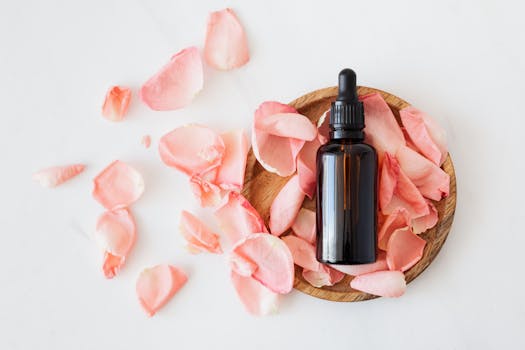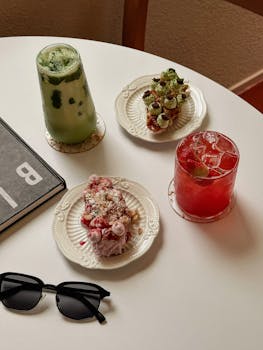Benefits
Culinary Versatility
Natural Cleaning Agent
Supports Sustainable Practices
Enhances Food Texture
Get creative with cream of tartar
Creating homemade playdough with a soft, pliable texture that lasts for months when combining cream of tartar with flour, water, salt, and food coloring
Stabilizing whipped cream to ensure it holds its shape for longer, perfect for topping desserts or filling pastries
Crafting a natural cleaning solution for metals like aluminum and stainless steel by mixing cream of tartar with lemon juice or vinegar, effectively removing stains and restoring shine
Enhancing the texture of vegetable and pasta dishes by adding a pinch of cream of tartar to boiling water, which helps maintain their vibrant color and firmness
Making a non-toxic ant repellent by combining cream of tartar with sugar and water, creating a paste that, when placed near ant entry points, deters them without harsh chemicals
Something you can make with cream of tartar
Origin
Cream of tartar, also known as potassium bitartrate or potassium hydrogen tartrate, is derived from tartaric acid. Tartaric acid is a natural acid found in grapes, particularly in the residue left behind after wine production. Cream of tartar is obtained by purifying and crystallizing this acidic residue. It has been used in cooking and baking for centuries and is a byproduct of winemaking.


